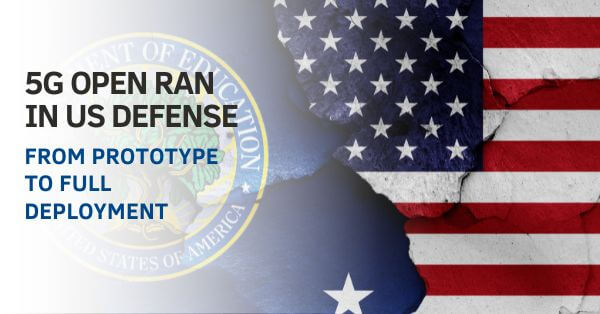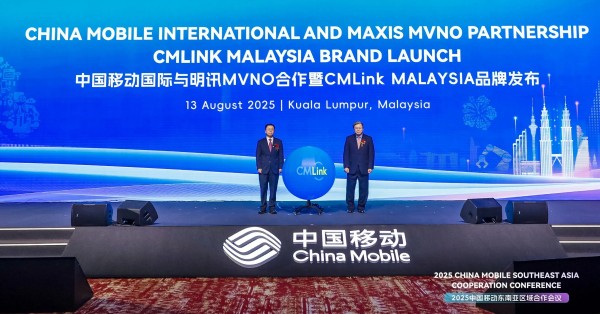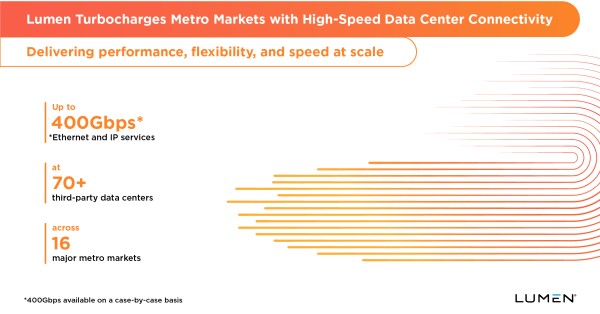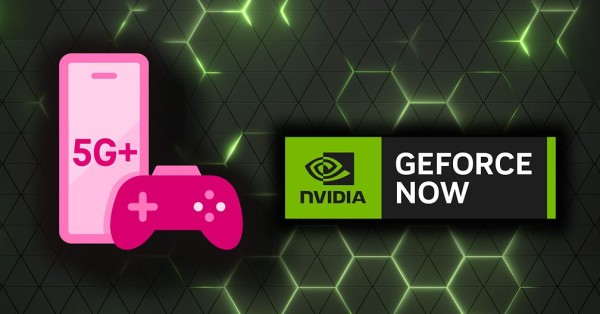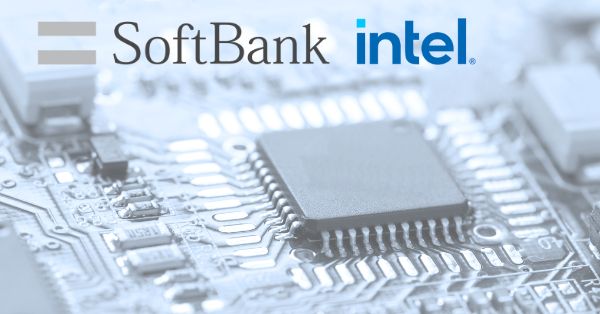The implementation of 5G Open Radio Access Networks (Open RAN) has gained momentum in both the commercial and defense sectors. The US Department of Defense (DoD), in collaboration with industry leaders such as JMA Wireless and Federated Wireless, has successfully transitioned from prototype to full operational deployment of 5G Open RAN solutions. This article explores the journey of 5G Open RAN from its inception as a prototype to its full-scale deployment, highlighting its impact on mission readiness, operational resilience, and technological advancements in military infrastructure.
Early Development: DoD’s 5G Open RAN Prototyping Phase
Approximately five years ago, the DoD issued Requests for Proposals (RFPs) for 5G Open RAN prototypes. These RFPs aimed to evaluate the feasibility of implementing 5G technology in a private network environment to support military operations. Federated Wireless was among the companies awarded contracts to develop these prototypes, with the US Marine Corps Logistics Command in Albany, Georgia serving as a key testing site.
The DoD sought to integrate commercial 5G technology into private networks to enhance operational efficiency. This involved extensive design phases, large-scale testbed deployments, and the development of high-performance applications tailored to military use cases. The initial deployment included up to 30 radios to ensure robust coverage and seamless communication for warehouse logistics. The project focused on building a scalable network architecture that could accommodate mission-critical applications, including autonomous robotics and real-time logistics tracking. Additionally, security protocols were embedded from the start to ensure cybersecurity resilience and compliance with DoD requirements.
5G Open RAN Challenges and the Benefits of Full-Scale Deployment
The transition from prototype to full production was not without its challenges. The implementation required a deep understanding of both military and commercial requirements. The collaboration between government and industry partners facilitated a knowledge exchange that optimized the deployment process.
Some of the key benefits realized through the deployment of 5G Open RAN include:
- Enhanced Operational Resilience: The high-speed, low-latency capabilities of 5G significantly improved warehouse management and logistics processes, reducing turnaround times for military equipment.
- Workforce Optimization: The deployment of autonomous robotics and advanced communication systems streamlined inventory accuracy and workforce efficiency. The use of robotics and real-time tracking allowed for rapid identification and movement of mission-critical assets.
- Security and Performance Standards: The Open RAN architecture introduced innovative security measures, ensuring cyber resilience while maintaining high operational performance. The integration of artificial intelligence and machine learning enhanced anomaly detection and predictive maintenance, further strengthening network reliability.
As the project evolved, the focus shifted from just deploying technology to understanding how 5G Open RAN could enable better decision-making and operational efficiency. The Marine Corps acknowledged the tangible benefits of the system and officially transitioned it into full operational use. By the end of the three-year testing phase, the system was deemed mission-ready, leading to its acquisition for long-term use.
Expanding 5G Open RAN Across US Military Operations
The success of the Albany, Georgia deployment set the stage for broader implementation within the DoD. Other military branches, including the Army, Navy, and Air Force, are now exploring 5G Open RAN solutions for their own infrastructure needs. The shift toward open, software-managed spectrum has paved the way for more scalable and flexible deployments across multiple military sites. Lessons learned from the Albany deployment have been instrumental in refining best practices for scaling the technology efficiently.
Industry experts anticipate that 5G Open RAN will play a pivotal role in military communications, logistics automation, and real-time data analytics. The collaboration between commercial telecom providers and the DoD ensures that future implementations will leverage cutting-edge advancements in 5G technology. By expanding 5G-enabled infrastructure, military bases can operate with greater agility, responsiveness, and adaptability to mission requirements.
The Future of 5G Open RAN: AI, Automation & Military Applications
Looking ahead, the focus will be on increasing the scale of 5G Open RAN deployments while addressing challenges such as spectrum management and cybersecurity. The introduction of automation in spectrum allocation through software-defined networks is expected to further enhance efficiency and reduce interference. Additionally, AI-driven network optimization will be incorporated to ensure high levels of performance across different deployment scenarios.
Moreover, new applications for 5G in military environments are emerging, including:
- Advanced Spectrum Management: The ability to dynamically allocate and optimize spectrum usage will be crucial for operations in contested environments. Advanced spectrum-sharing algorithms will enable the seamless coexistence of multiple networks while preventing interference.
- Rocket Launch Automation: Ongoing projects at Cape Canaveral, Florida, are leveraging 5G Open RAN to support Space Force missions by enhancing telemetry and real-time monitoring. This effort is expected to streamline launch processes, improve safety protocols, and provide more accurate weather-based launch assessments.
- Expanded Use in Defense Infrastructure: The success of 5G Open RAN in logistics is likely to inspire further adoption in mission-critical operations such as battlefield communications and unmanned vehicle coordination. The DoD aims to integrate 5G networks into command and control operations, enhancing situational awareness and rapid decision-making.
5G Open RAN: Strengthening US Military Infrastructure for the Future
The journey from prototype to production for 5G Open RAN in the US Department of Defense demonstrates the potential of this technology to revolutionize military operations. Through strategic partnerships and continued innovation, 5G Open RAN is poised to enhance mission readiness, operational resilience, and the overall efficiency of defense infrastructure. As deployments scale up, the integration of 5G into military environments will continue to drive advancements in national security and technological leadership. Furthermore, the lessons learned from DoD deployments will provide valuable insights for the commercial sector, fostering new opportunities for private-sector applications of 5G Open RAN technology.



